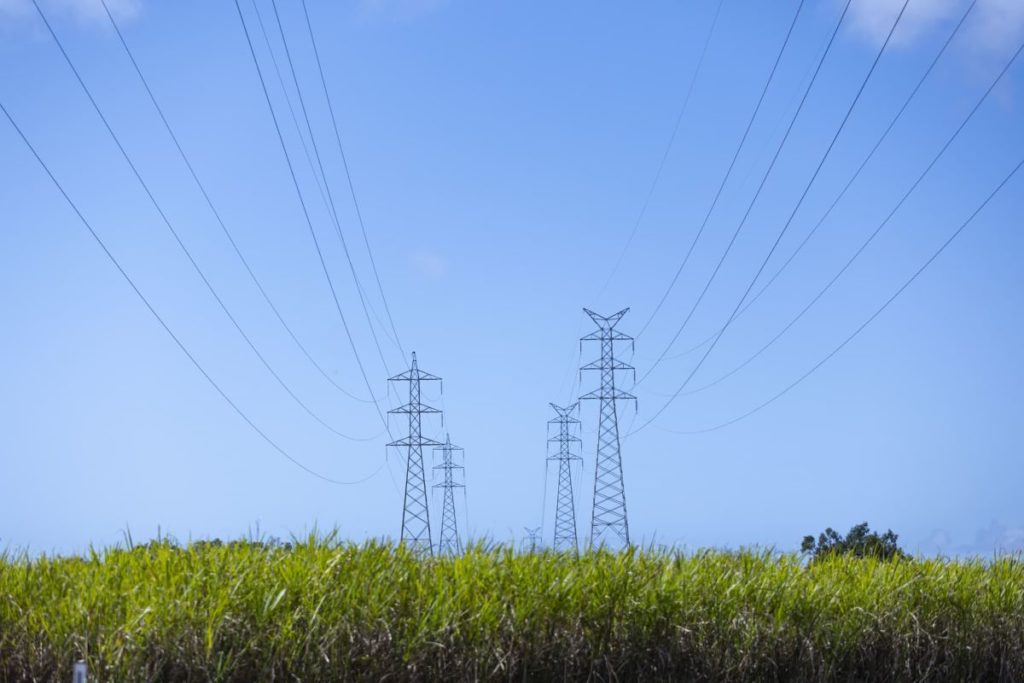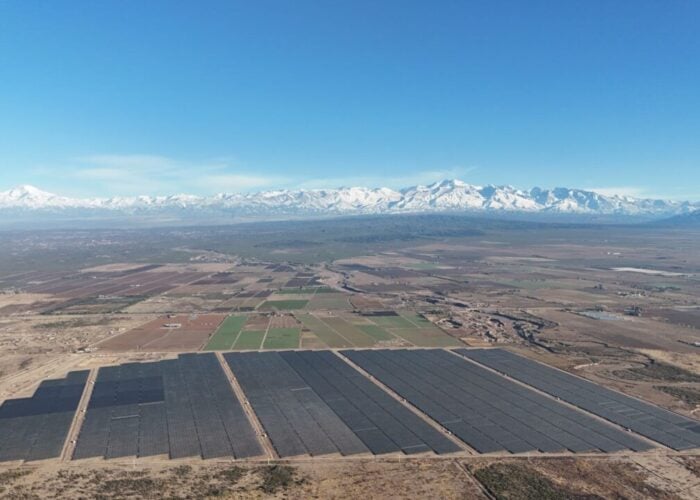
The Australian government has commenced a review of the National Electricity Market (NEM) to identify how it will operate in the coming decades and facilitate the uptake of solar PV.
The review will examine keeping household bills low while better managing rooftop solar and utility-scale renewable energy generation uptake.
Try Premium for just $1
- Full premium access for the first month at only $1
- Converts to an annual rate after 30 days unless cancelled
- Cancel anytime during the trial period
Premium Benefits
- Expert industry analysis and interviews
- Digital access to PV Tech Power journal
- Exclusive event discounts
Or get the full Premium subscription right away
Or continue reading this article for free
An independent panel, led by Griffith University associate professor Tim Nelson and consisting of Paula Conboy, Ava Hancock, and Philip Hirschhorn, will undertake widespread consultation and make its final recommendations to energy and climate ministers in late 2025.
Australia’s NEM covers South Australia, Tasmania, Victoria, New South Wales, ACT, and Queensland and is predominantly oriented towards a baseload power grid comprising mainly coal generators.
The review comes as coal-fired power stations are likely to close by 2038, as indicated in an AEMO report released earlier this year and further backed up by the Clean Energy Council (CEC) CEO Kane Thornton, who told PV Tech that AEMO’s prediction was “same timeframe that we [the CEC] are working towards”.
However, it should be noted that Cornwall Insight’s Thomas Fitzsimons said that although Australia has made solid progress in increasing renewable energy generation, with the NEM having added 1.2GW of large-scale solar PV in 12 months, coal-fired power will still play a role in the electricity mix for the next few decades with the last to shut in the 2050s.
It is also worth noting that coal-fired power generation will be overtaken by rooftop solar PV by the end of 2024. Without a proper review of the NEM, this could cripple the rollout of renewable energy generation and not optimise its integration.
This also appears to be more urgent with Cornwall Insight stating that it is likely that the NEM will add 150GW of solar PV, wind and energy storage capacity by 2043. A report outlines that the installed capacity for these technologies is expected to rise from 52GW in 2025 to 208GW by 2043, representing a 300% increase.
Australia’s minister for climate change and energy, Chris Bowen, said the work that is being done now by the government would help support the country’s energy transition in the years to come.
“We’re doing the work now to ensure our grid will be stable and there will be enough clean, cheap, reliable renewable generation and storage to power Australia’s needs,” Bowen said.






